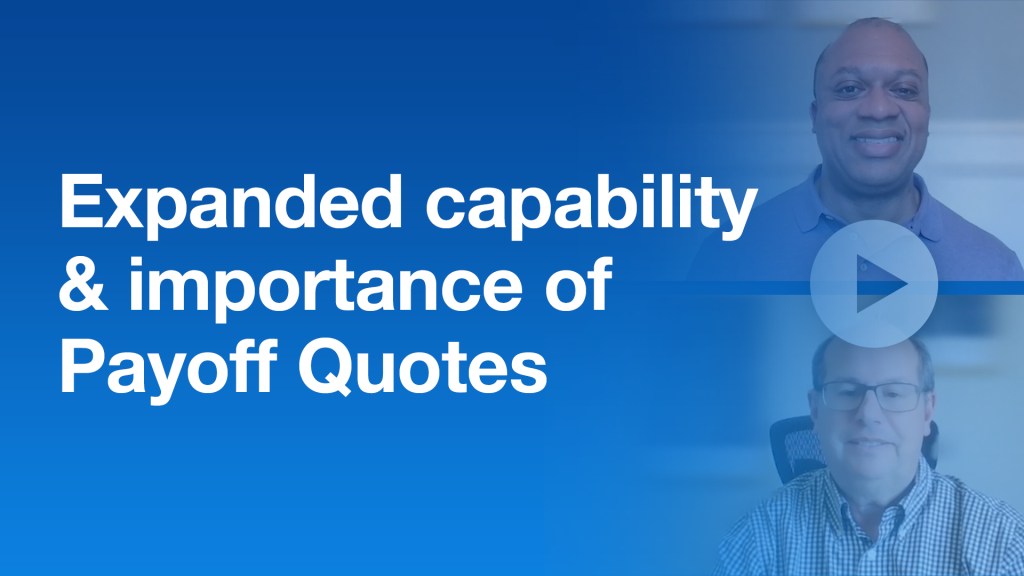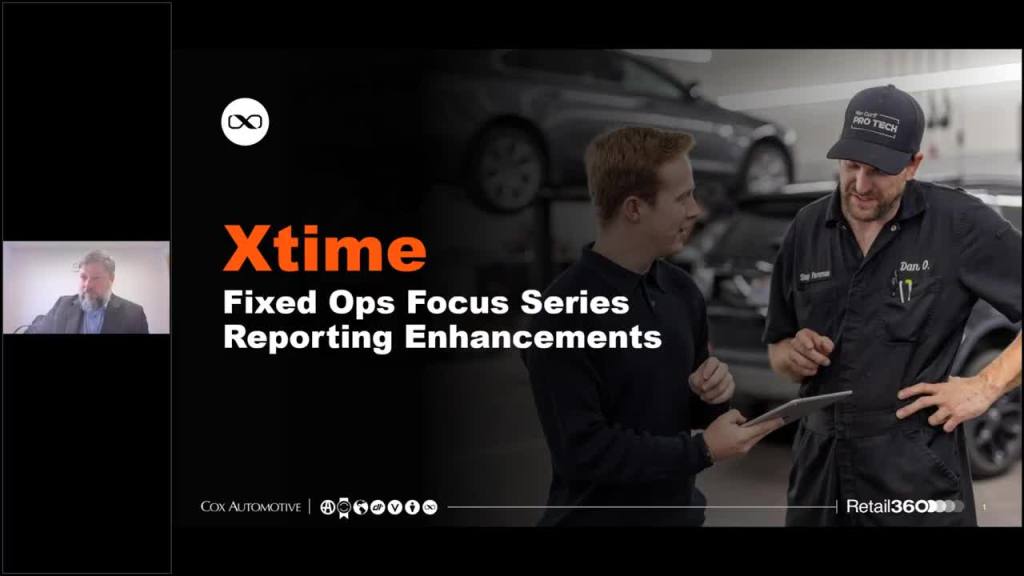Susan Blue, VP of Operations for Dealer Sales and Solutions at Cox Automotive, joins Jade Terreberry to demystify the evolving role of Customer Data Platforms (CDPs) in automotive retail. Susan explains the difference between standalone and native CDPs, the power of embedded data across the Cox ecosystem, and how these platforms are transforming marketing, CRM, and customer experience strategies. She also shares how AI and real-time data are driving personalization, efficiency, and profitability for dealers and OEMs alike.
Guest Expert:
Susan Blue
VP of Operations – Dealer Sales and Solutions
Cox Automotive
Key Takeaways:
- CDPs Are Not Just a Buzzword: Unified consumer data can help deliver personalized, timely messaging across the entire customer journey.
- Native vs. Standalone CDPs: Native CDPs, like Cox Automotive’s, are embedded into dealer tools, enabling real-time insights and seamless workflows without extra logins or systems.
- Data Quality Is Everything: A CDP is only as powerful as the data it contains – the key it to have and use real-time signals from across activities.
- AI + CDP = Smart Automation: AI-powered insights, predictions, and automation help dealers deliver the right message at the right time with minimal effort yielding smarter spend and better results.
- Future-Ready Strategy: Hear the behind the scenes on what Cox is investing in when it comes to unified consumer profiles and embedded intelligence to help dealers market more efficiently and build stronger customer relationships.
Timestamp:
0:00 – 0:47 – Introduction
Jade Terreberry introduces the episode and guest Susan Blue, VP of Operations at Cox Automotive, and previews the topic of CDPs.
0:47 – 2:36 – What Is a CDP?
Susan defines Customer Data Platforms and explains the difference between standalone and native or embedded CDPs.
2:36 – 5:34 – Audience Activation and Personalization
Jade and Susan discuss how CDPs help dealers manage relationships with both known and unknown consumers across the purchase and ownership journey.
5:34 – 6:48 – Native CDPs in Action
Susan shares how native CDP powers personalized marketing and CRM experiences using real-time consumer behavior data.
6:48 – 9:30 – Embedded CDP Benefits
Examples of how embedded CDPs enhance CRM workflows, improve conversations, and create a seamless consumer experience.
9:30 – 11:39 – Why Native CDPs Matter
Susan outlines the benefits of native CDPs, including ease of use, compliance, and real-time data integration.
11:39 – 12:57 – Data as the Foundation
Jade and Susan emphasize the importance of high-quality, refreshed data in powering AI and automation.
12:57 – 14:28 – What’s Next for Cox Automotive
Susan previews future innovations, including unified consumer profiles, AI-driven insights, and smarter marketing tools.
14:28 – 16:02 – AI + CDP = Dealer Advantage
Discussion on how AI and native CDPs work together to deliver insights, recommendations, predictions, and automation.
16:02 – 17:10 – Final Advice for Dealers
Susan shares her top recommendation: choose a CDP that makes personalization easy and leverages the best data.
17:10 – 19:06 – Closing Remarks
Jade wraps up the episode, encouraging listeners to subscribe and stay tuned for more insights on the road ahead.











